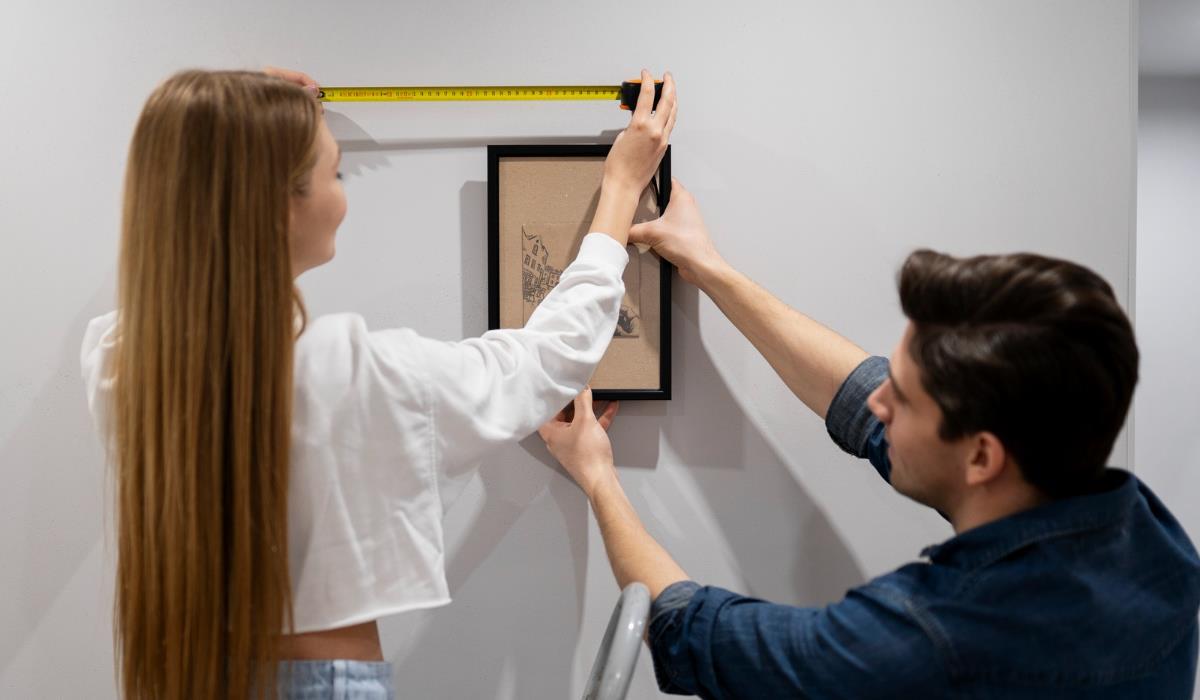Fixing elements to the wall is an inseparable element of interior finishing. Anyone who wants to hang a picture, shelf or lamp on the wall must use the right tools and techniques. How to fasten dowels, screws, anchors and screws? What to do to ensure that the elements are stably fixed and safe for users?
First, determine the location of the plug and carefully examine the wall. Some walls require a special approach, e.g. if they are made of soft material or drywall. For multi-point mounting, it is recommended to use a template. Then, drill a hole the diameter of which corresponds to the size of the dowel to be inserted. It is worth noting that the diameter of the drill should be this value smaller than the diameter of the pin, so that it can be easily and precisely placed
Note: The pins should fit snugly into the hole. If the hole is too loose, use a larger diameter pin or a special sealing band. It is important not to overtighten the screws or bolts, as this may strip the thread and weaken the fastening.
Refer to the manufacturer’s recommendations
Before proceeding with the fastening, it is worth checking the manufacturer’s catalogue, which informs about the permissible loads of a given fastening. Some fasteners are more resistant to loads than others. When attaching heavy items such as chandeliers or kitchen cabinets, strong expansion anchors are recommended.
Purpose of fasteners
It should also be remembered that each fixing has its own load carrying capacity. When choosing elements, it is worth paying attention to their purpose and the method of fastening. For example, fasteners for items suspended from horizontal surfaces, e.g. chandeliers on the ceiling, are subject to a pull-out force, while fasteners that hang flat objects, e.g. a heavy picture on a wall, are subject to shear force. For walls with greater hardness, such as concrete or stone, it is worth using higher-strength dowels or screws.
Tools needed

Choosing the right tool is also an important element when fastening. The drill should be properly selected for the type of substrate, and the drill bits for the type of pin or screw. In the case of fixing in hard materials, such as concrete or stone, it is worth using a diamond core drill bit, which will allow you to make a hole accurately without the risk of damaging the drill bit.
Pins and fixings – summary
Making a solid and permanent fixation requires not only the right choice of pin, screw or anchor, but also the exact execution of the hole and the placement of the pressure element. It is worth remembering about the permissible load of a given type of pin or screw and consult the manufacturer’s catalog before starting the assembly. The use of the correct tool and care when tightening the clamping elements will also affect the durability of the entire assembly.



